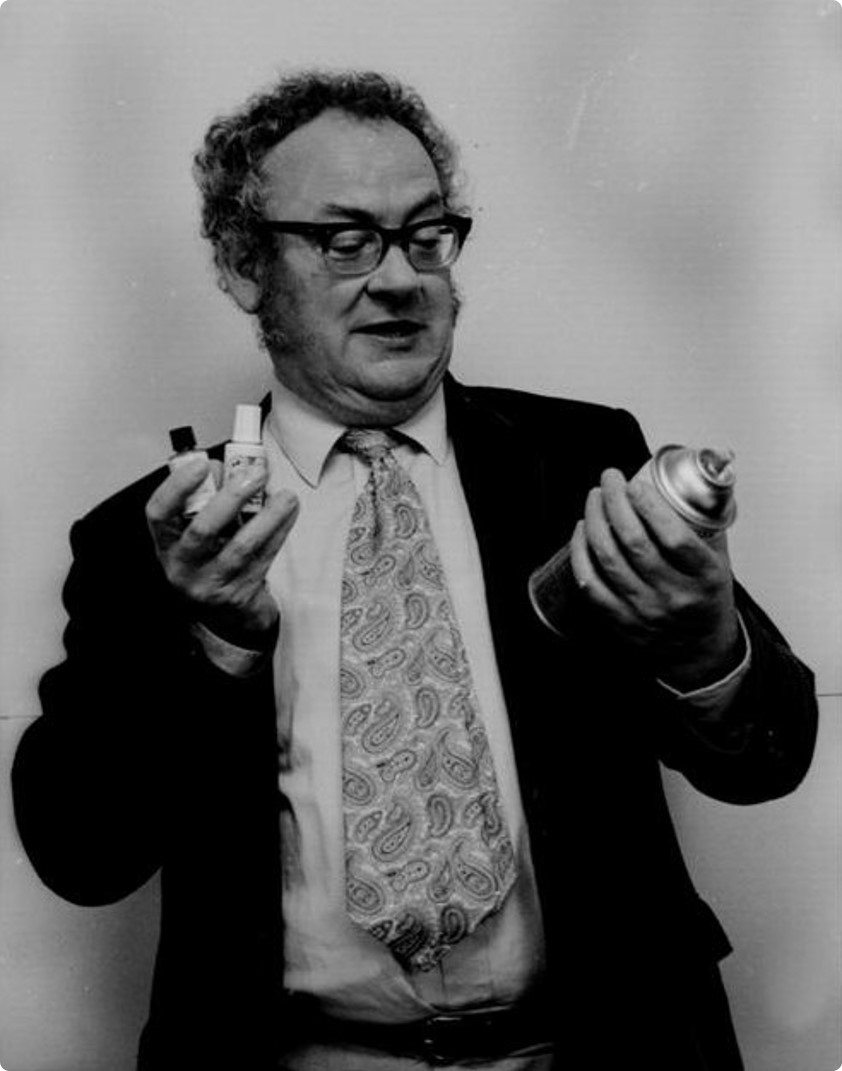1 Introduction
Although great painters can make good art with cheap brushes, they need high quality tools to work at the upper limits of their craft. On the other hand, giving an untrained person an expensive set of brushes is unlikely to result in noticeably better art. So it is with these tools. They are of little use to unprepared hands—and in foolish hands, they become dangerously foolish. But in hands caring and competent, they make reasoning more rigorous, results more robust, and recommendations more relevant.
A comprehensive psychological assessment cannot be rushed. Even if we work hard to be efficient, there are limits to how much time can be cut from interviews, testing, and behavioral observations before they become superficial, unreliable, and ungeneralizable. Accurate scoring and thoughtful interpretation take even more time. Then there is the considerable task of actually writing the report, which typically requires many hours. Finally, the results of the report are presented to the client and other decision-makers. If we invest this much time and effort in the process, we should make the most of it. On the other hand, while making the most of it, it is lamentably easy to go too far—making reckless recommendations from iffy inferences and flights of fancy.
Humans are quite good at some things that are extraordinarily complex, such as pattern recognition. Humans are not so great at combining numeric data in their heads to come to valid conclusions. When Andy Clark (2004, p. 5) said that biological brains are “to put it bluntly, bad at logic, good at Frisbee,” it was no insult to Frisbee aficionados—robots are no match for humans at the sport. Furthermore, certain kinds of formal logic, though once considered to be the pinnacle of human intellect, are actually fairly simple for computers. Thus, we should let computers do what they do best: calculate. We humans have the job of deciding which calculations the computers should perform, interpreting what the results mean, and deciding how the new information should be used.
1.1 Purpose of this book
Most introductory psychometrics textbooks are designed to help researchers create well constructed tests and therefore cover many details that are not useful to clinicians and fail to cover many practical issues that clinicians should know about. This book is intended to help you extract useful information from the data you already have in ways that you may not have known were possible.
That my emphasis is on the practical in no way implies that this book is dumbed down. My aim is to make psychometrics useful to clinicians. If some useful ideas are complex, I hope to make them accessible—but without resorting to superficial glossing. Some background knowledge of psychometrics is necessary to understand how these tools work and, more importantly, when their underlying assumptions have been violated.

Image Credit
1.2 Inspiration
Whenever I go to a library, I find the book I need and then run my fingers over the books nearby that might also be interesting. Sometimes I see what I expect to find, but sometimes I go places I never expected. I like the idea of “wasting time” productively. I like learning things that seem to be the product of a disciplined mind even if they have no apparent value to me at the time. Casting a wide net can pull in some big surprises.
This book would never have been written had I not in graduate school stumbled across Ley’s (1972) Quantitative aspects of psychological assessment while wandering the stacks at Evans library at Texas A&M University. The book was a little quirky, but I like quirky. I especially admire the book’s blend of clarity, practicality, and depth. Why did I write my own book instead of recommending that clinicians download and use Ley’s now freely available book? Well, I do recommend reading Ley’s book. In contrast to my approach, Ley often takes time to gently lay out mathematical proofs of many ideas. Thus Ley’s book is a wonderful and beginner-friendly introduction to the not-famous-for-being-accessible corpus of academic writings on psychometrics.
I wanted to present much of the same material as Ley does but with more of an eye to application. I also wanted to present many ideas not included in Ley’s book. In addition, I chose to write this book because I believe that Ley had the right idea but that in an era in which no one had a home computer, few clinicians would have the knowledge, motivation, and stamina to use his equations on a regular basis. Now that computers are used by all clinicians, equations like those presented by Ley can be be made easy to use. All of the “tools” in this toolkit are freely available in various packages programming environment (R Core Team, 2024). Any tools not elsewhere available have been collected in psycheval (Schneider, 2024), a package specifically developed for users of this book.